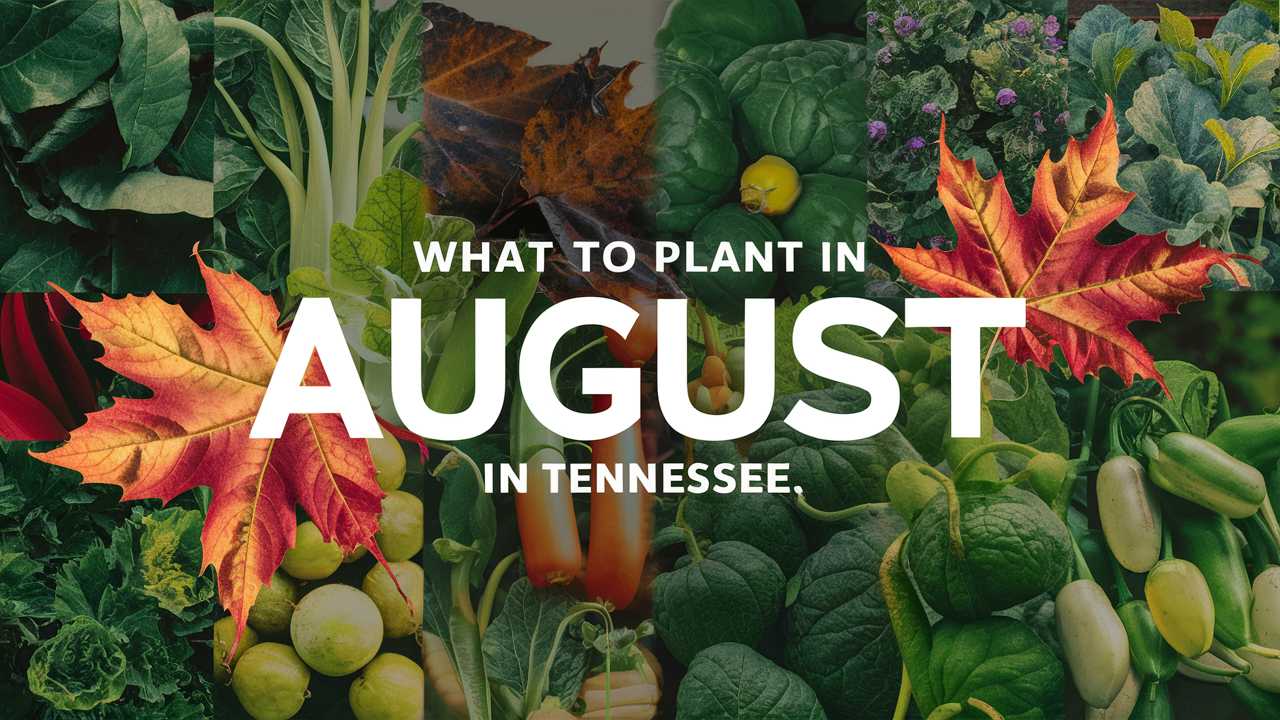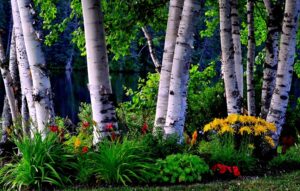This guide covers what to plant in August, offering insights into planting dates, temperature tolerances, and specific benefits related to each plant type.
Vegetables To Plant
August is a great time to plant cool-season vegetables in Tennessee. The temperatures start to cool slightly, setting the stage for a bountiful fall harvest.
Spinach
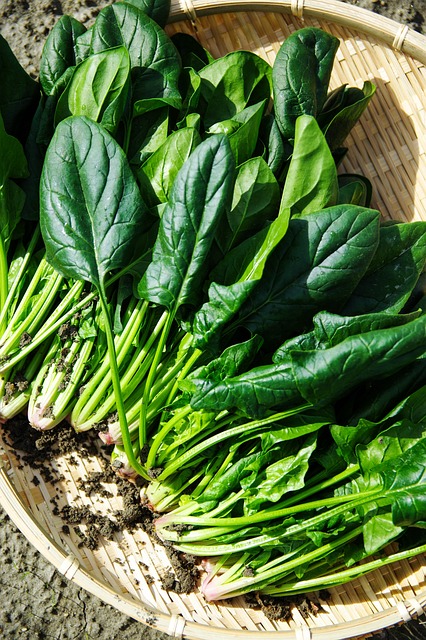
Spinach is a hardy leafy green that thrives in cooler weather. It can tolerate light frosts and is best planted in late summer to early fall. In Tennessee, direct seeding spinach can be done from mid-August to early September. Spinach prefers temperatures between 50°F and 60°F for optimal growth. It’s rich in vitamins A, C, and K and can be enjoyed fresh in salads or cooked in various dishes.
Kale
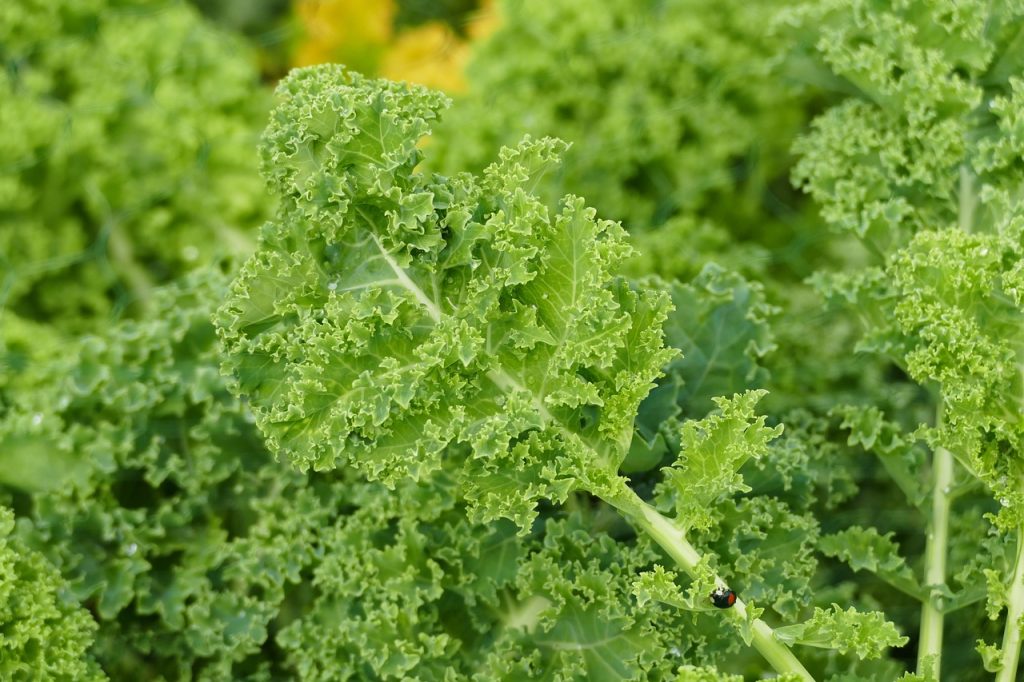
This superfood thrives in cooler temperatures and can actually taste sweeter after a frost. In Tennessee, plant kale from mid-August to late September. Kale is extremely robust, handling temperatures as low as 20°F without damage. This makes it an excellent choice for fall harvests, as it can be harvested throughout the season. Packed with nutrients, it’s a versatile addition to salads, smoothies, and soups.
Radishes
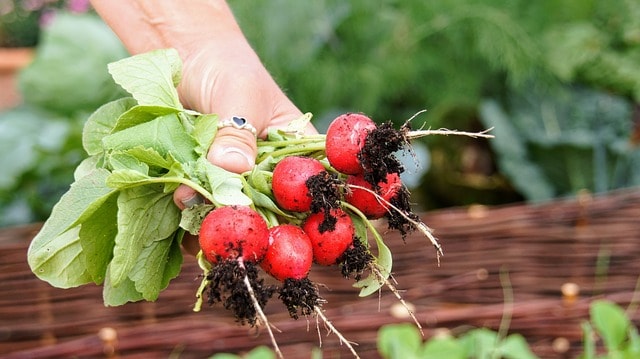
Fast-growing radishes are perfect for a quick crop in August. Plant them from mid to late August, and they can be harvested just three to four weeks later. Radishes prefer cooler temperatures and can tolerate highs up to 85°F. They are among the first vegetables many gardeners enjoy and can be eaten raw in salads, added to dishes for crunch, or pickled for a zesty treat.
Beets
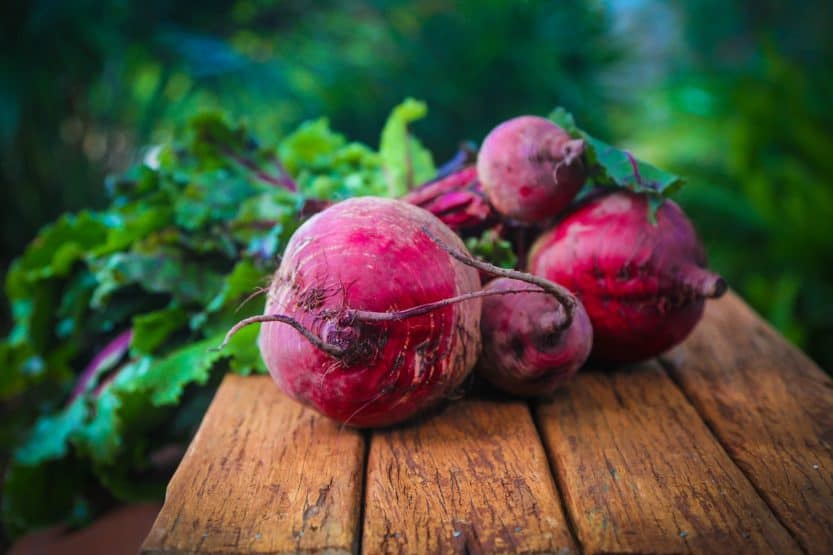
Beets can be sown from early to late August in Tennessee. They prefer cooler temperatures for optimal growth but can tolerate a range of conditions, thriving best in temperatures between 60°F and 70°F. This root vegetable is packed with vitamins and minerals and can be roasted, boiled, or enjoyed raw. The greens are also edible and nutritious, providing two harvests from one planting.
Carrots
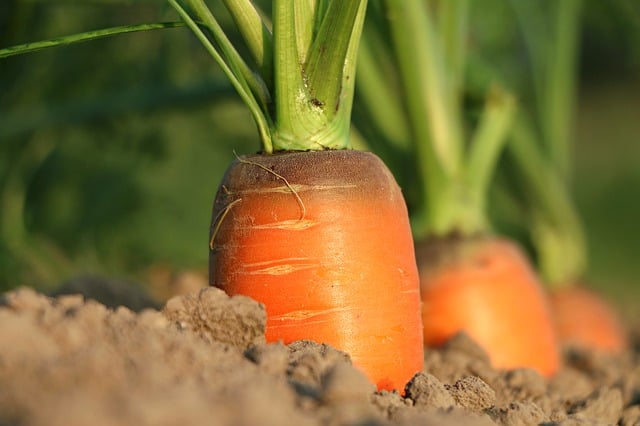
Carrots are another exceptional choice for August planting in Tennessee. Sow seeds from mid-August to early September, especially varieties suited for late planting, like ‘Nantes’ or ‘Danvers’. They thrive in colder weather and prefer soil temperatures around 70°F for germination. Carrots can withstand light frosts, which can enhance their flavor. They grow best in well-drained, rich soil and are perfect for snacking, cooking, or juicing.
Lettuce
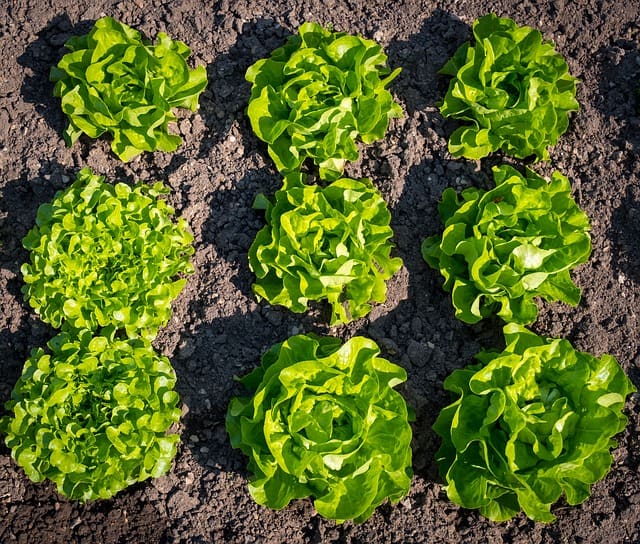
Lettuce grows quickly and can be sown from mid-August through early September for a fall harvest. Different types, such as loose-leaf or butterhead, can be chosen based on your preference. Lettuce prefers cooler weather, ideally around 60°F to 70°F, with some varieties capable of withstanding light frost. It’s easy to grow and can be harvested multiple times if cut correctly.
Swiss Chard
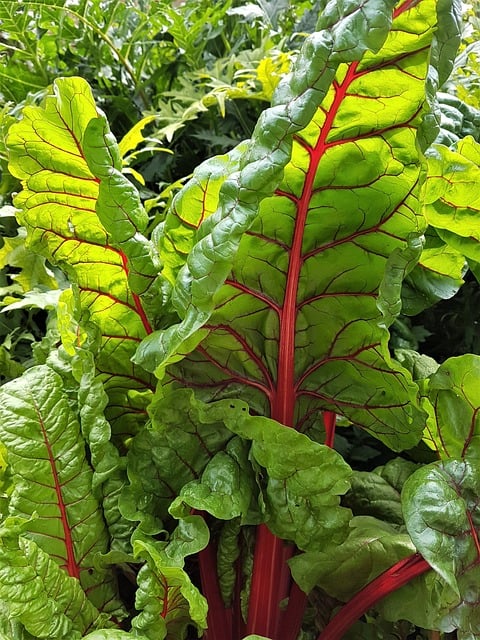
With its vibrant colors and nutritional benefits, Swiss chard is another excellent choice for August planting. It can be sown directly into the garden from mid-August to early September. This leafy green thrives in cooler temperatures, ideally between 60°F and 70°F. Known for its hardiness, Swiss chard can even endure frost, making it a reliable fall crop. Harvesting the outer leaves allows the plant to continue producing throughout the season.
Turnips
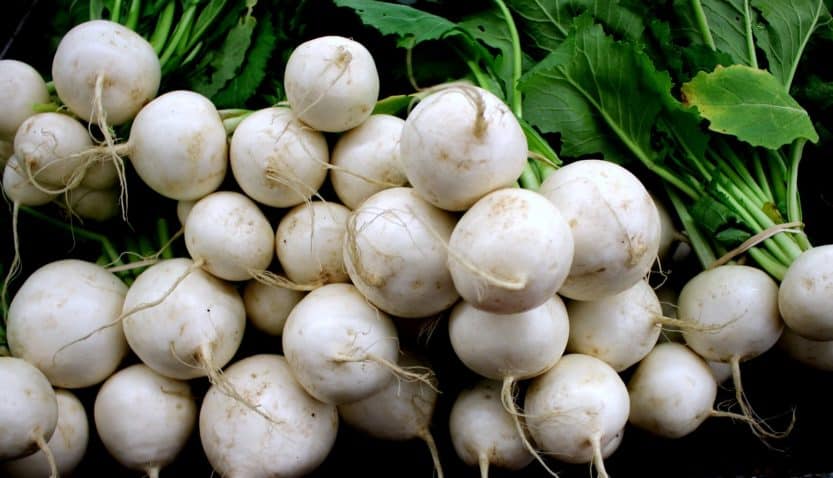
Turnips can be planted in Tennessee from mid-August until the end of September. They grow best in cooler temperatures, ideally between 60°F and 70°F, and can tolerate frosts. Both the roots and greens are edible, providing versatile culinary options. Turnips are typically ready for harvest in about 30 to 60 days, making them a quick crop for fall gardens.
Mustard Greens
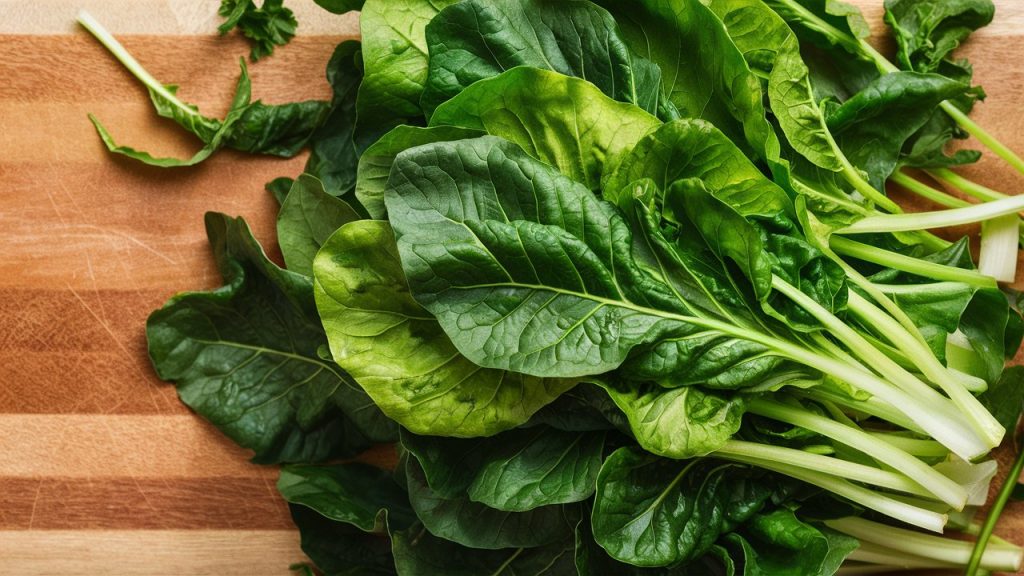
These greens flourish in cooler temperatures, making them a suitable option for August planting. Sow mustard seeds from mid-August through early September. Mustard greens thrive best at temperatures around 55°F to 70°F and can withstand frost, which can enhance their flavor. They grow quickly, typically ready to eat within 30 days. Rich in vitamins A and C, they are delicious sautéed, added to salads, or used in stir-fries.
Broccoli
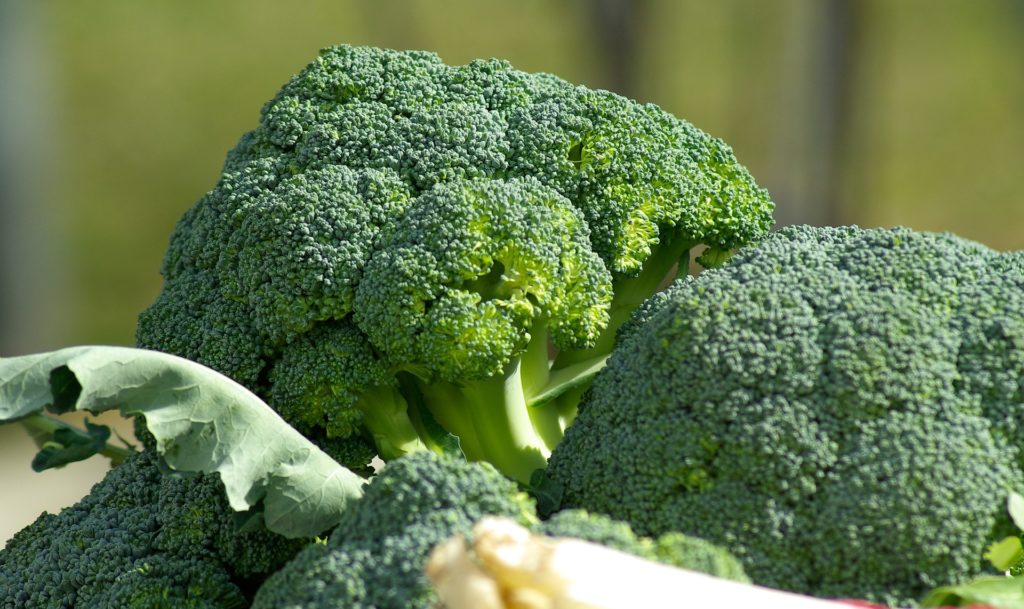
Broccoli should be planted from mid-August to early September in Tennessee. This cool-season crop prefers temperatures between 60°F and 70°F for optimal growth. It thrives in well-drained soil rich in nutrients. Broccoli is known for its cancer-fighting properties and is versatile in the kitchen, whether steamed, roasted, or enjoyed raw in salads.
Flowers To Plant
August is also an excellent time to think about flowers that will bloom in the fall in Tennessee. Many annuals and perennials can be sown or planted now to enhance garden beauty before winter sets in.
Mums (Chrysanthemums)
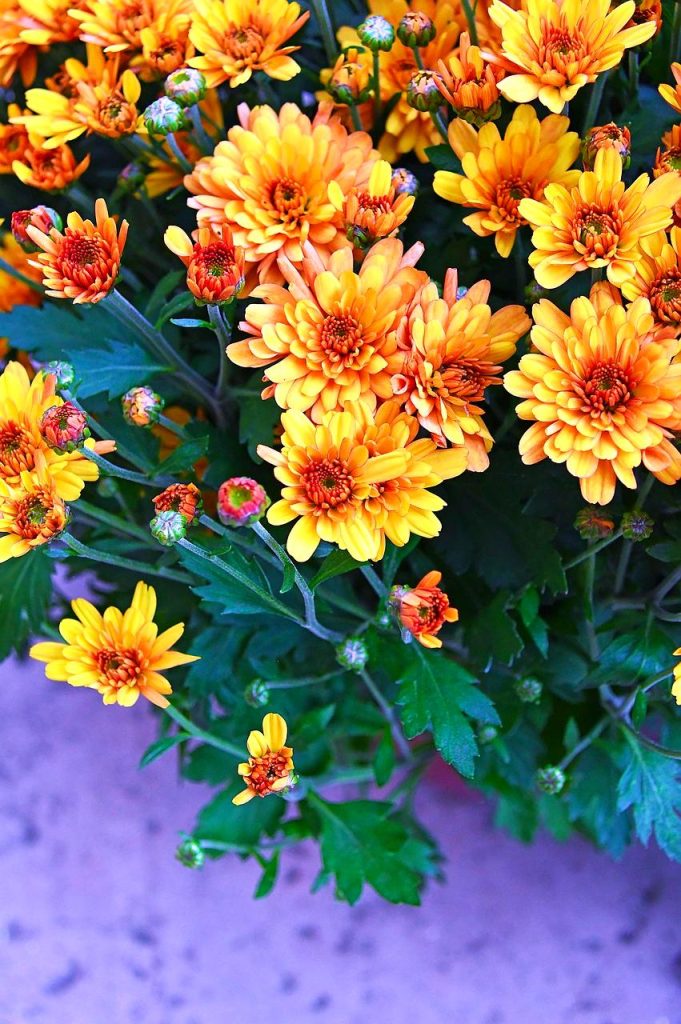
Chrysanthemums, commonly known as mums, are ideal for late summer planting as they bloom beautifully in the fall. Plant them in well-drained soil with plenty of sunlight from mid-August to early September. Mums flourish in temperatures ranging from 65°F to 70°F and can tolerate light frost, making them a perfect autumn flower to add vibrant colors to your garden.
Pansies
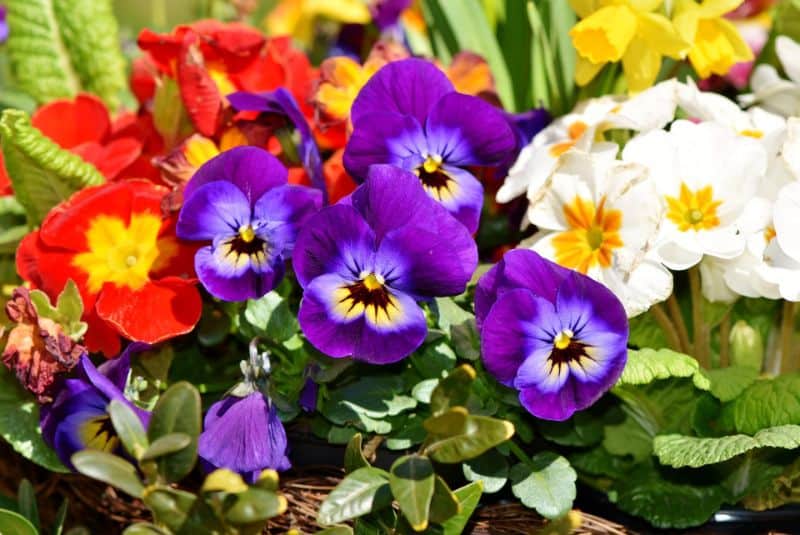
Pansies are known for their resilience and vibrant colors. They can be planted in late summer, from mid to late August, and will bloom beautifully in the cooler weather of fall. Ideally, they grow best in temperatures ranging from 45°F to 65°F. Pansies are versatile and can be used in containers, borders, or as ground cover. Their edible flowers also make them a unique addition to salads.
Snapdragons
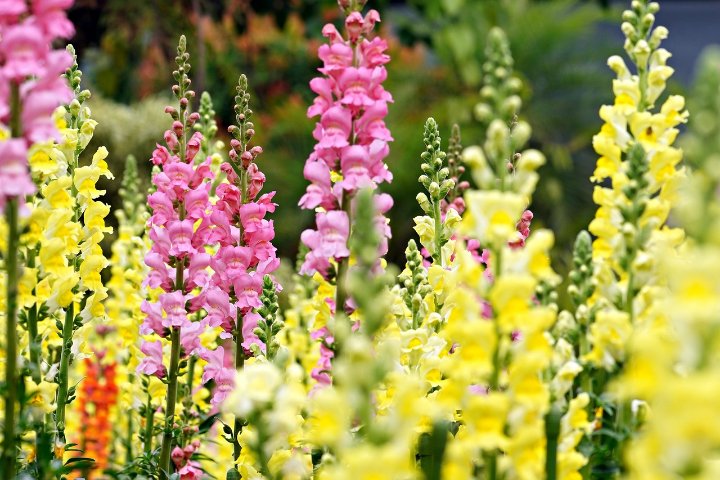
These charming flowers can be planted in late August to thrive in the fall. They prefer temperatures between 60°F and 70°F and can tolerate some frost. Snapdragons add vertical interest to gardens and come in various colors. They are also perfect for cutting gardens, bringing joy indoors with beautiful arrangements.
Sweet Alyssum
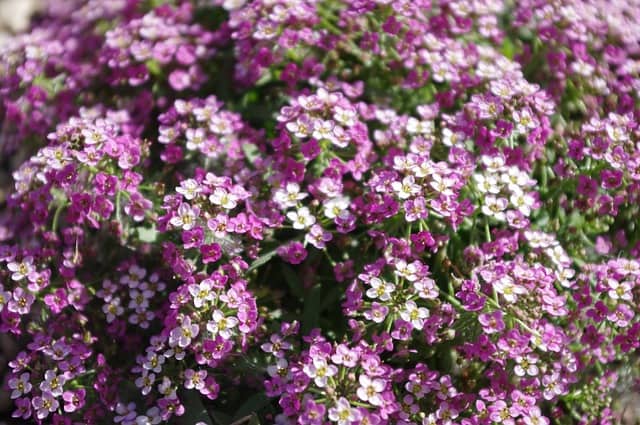
Sweet alyssum is a delightful annual that can be sown in late August. This flower prefers cooler temperatures and does well when the soil is between 60°F and 70°F. With a sweet fragrance and a carpet of blooms, sweet alyssum is perfect for borders, hanging baskets, or ground cover. They attract beneficial insects and pollinators to your garden, making them an excellent addition.
Ornamental Kale
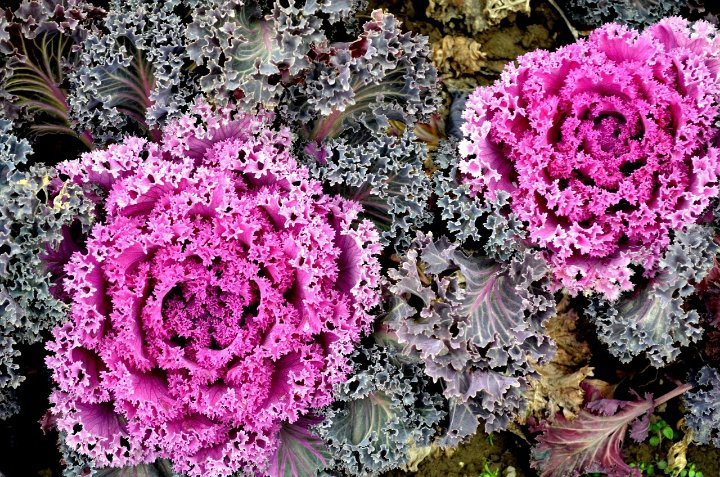
Ornamental kale adds a unique aesthetic to gardens, especially in the cooler months. Sow seeds or set out transplants in late August. It thrives in temperatures around 60°F to 70°F and can withstand frost. The vibrant colors of ornamental kale provide a visual burst in fall gardens, and while not typically consumed, it can be used as decorative elements in cool-season arrangements.
Asters
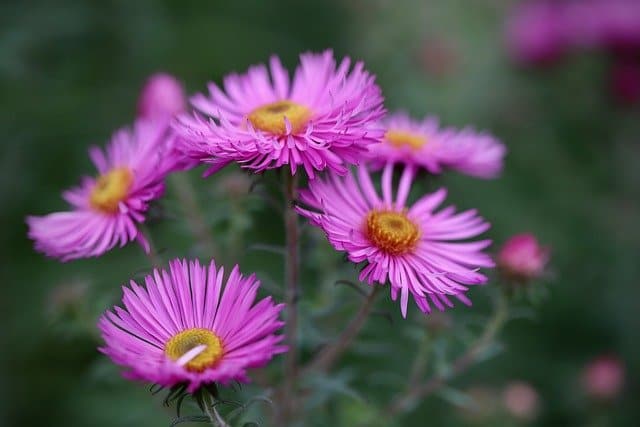
Asters are beautiful late-blooming perennials ideal for fall gardens. They thrive when planted in mid to late August and prefer cooler temperatures around 60°F to 70°F. Asters provide vibrant colors and serve as a crucial nectar source for bees and butterflies as summer wanes. With a moderate height, they can be used as border plants or in mixed perennial gardens.
Sedum (Stonecrop)
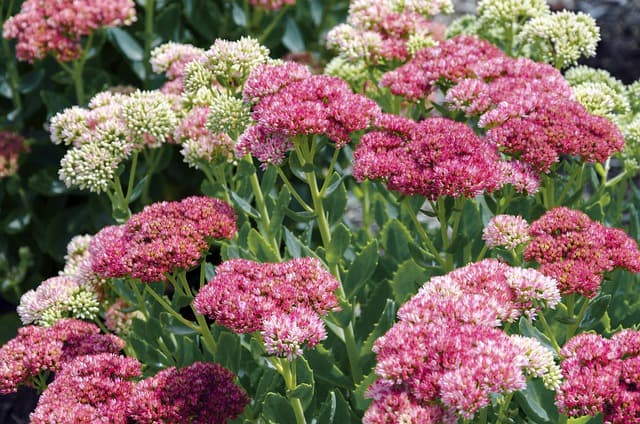
Sedum is a hardy succulent that can be planted in late summer. It thrives in a range of temperatures but generally prefers well-drained soil and full sun, making mid to late August an excellent time for planting in Tennessee. Sedum varieties such as ‘Autumn Joy’ bloom in late summer and produce beautiful pink flowers. They require minimal maintenance, making them a favorite for low-water gardens.
Coneflower (Echinacea)
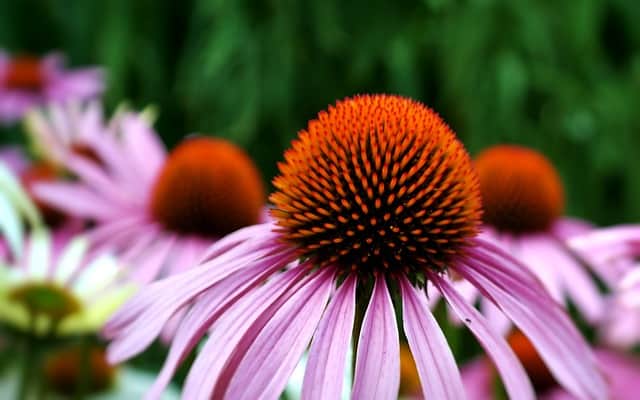
Coneflowers are perfect for planting in late summer. They should be sown or transplanted in mid to late August and thrive in warmer temperatures but are tolerant of poor soil conditions. Coneflowers produce stunning purple blooms that attract pollinators and are known for their hardiness. They continue blooming until the first frost, creating a colorful display in your garden.
Black-Eyed Susan (Rudbeckia)
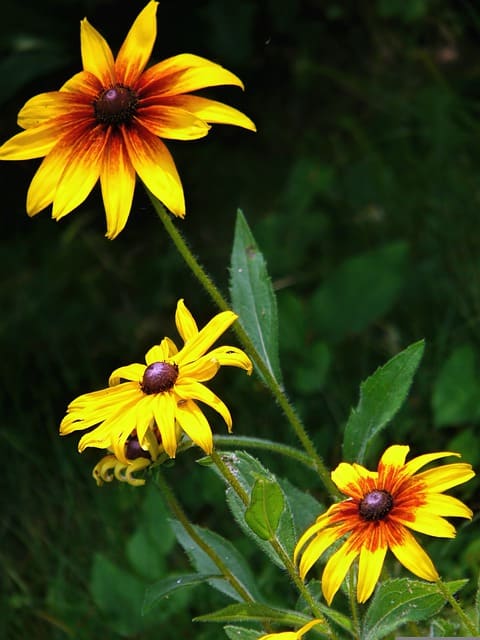
Black-eyed Susans can be planted in late summer for fall blooms. They prefer sunny sites and well-drained soil, thriving in Tennessee’s variable climate. Plant them from mid to late August for a vibrant display in the cooler weeks that follow. These flowers are resilient and drought-tolerant, making them suitable for various landscape settings.
Zinnias
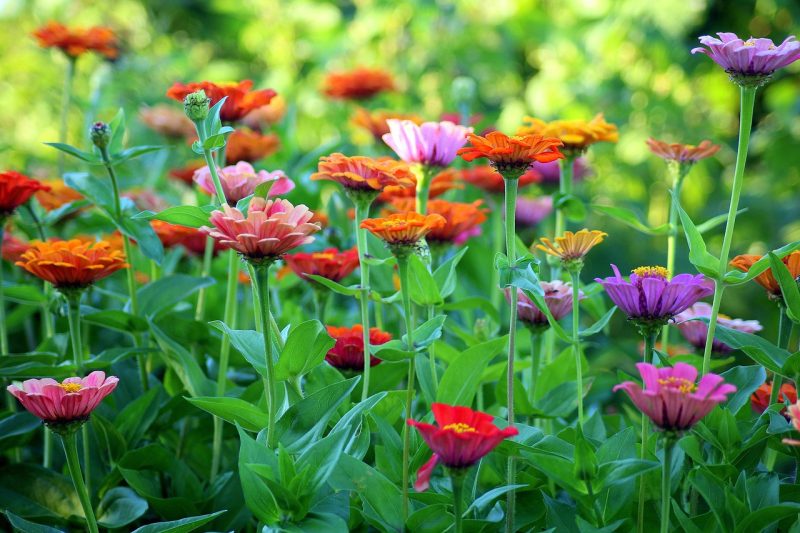
Zinnias are quick-growing annuals that can be sown directly into the garden from early to late August. They prefer warm temperatures but thrive into the cooler months, providing vibrant blooms from late summer until frost. Zinnias attract butterflies and make excellent cut flowers. They require full sun and well-draining soil to flourish.
Herbs To Plant
Herbs are not only beautiful to grow but also add flavor and freshness to many dishes. August is an excellent time to plant herbs that will thrive into fall, especially in Tennessee’s diverse climate.
Basil
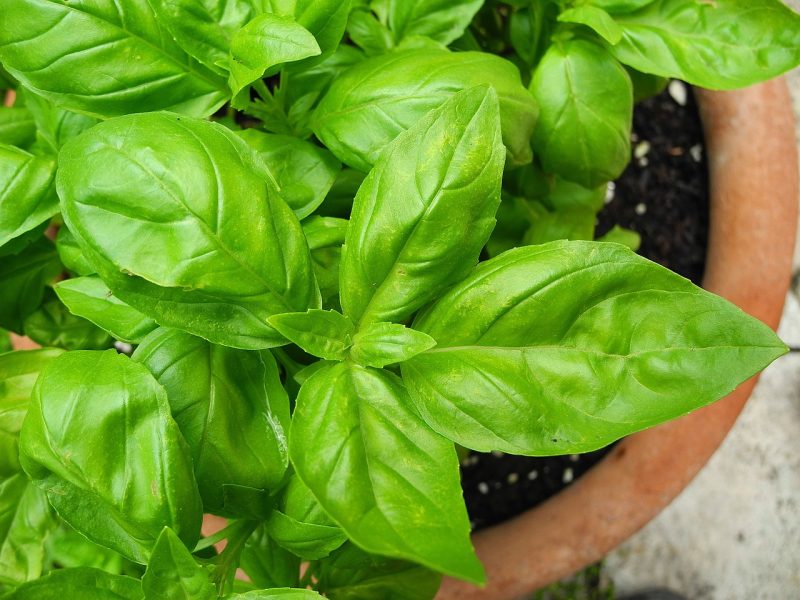
Basil is a tender herb that thrives in warmer temperatures, usually sown in the spring. However, August planting can yield a fall harvest if the temperatures remain warm enough. Plant basil in well-drained soil, ensuring it receives plenty of sunlight. Regular harvesting encourages bushier growth and enhanced flavor, making it ideal for culinary uses like pesto, salads, or sauces.
Cilantro
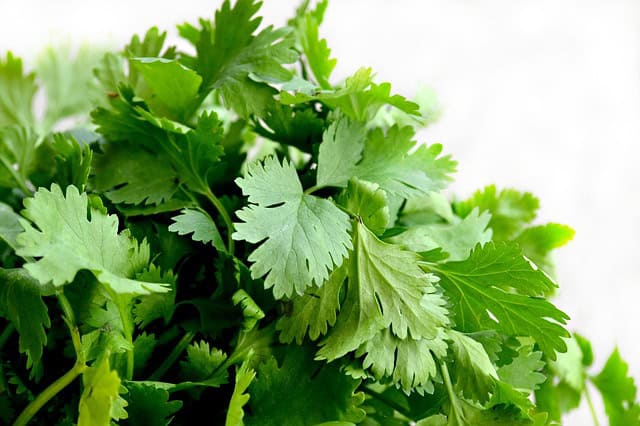
Cilantro prefers cooler temps and is best sown in mid to late August for a fall harvest. This annual herb can germinate in soil temperatures around 50°F and can withstand light frost. It grows quickly, typically ready to harvest in three to four weeks. Cilantro adds distinct flavor to various cuisines and is a key ingredient in salsa, salads, and garnishes.
Dill
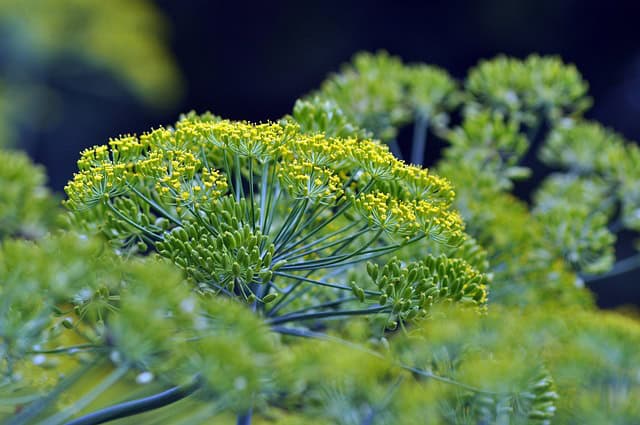
Dill can be planted from mid-August through early September in Tennessee. This herb prefers cooler growing conditions and thrives in temperatures between 60°F and 70°F. Dill is ideal for pickling, seasoning fish dishes, and flavoring soups. Its feathery foliage also makes it a beautiful addition to flower arrangements.
Chives
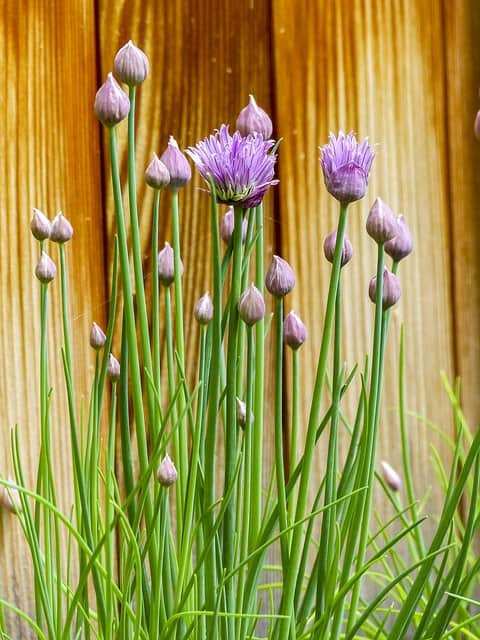
Chives are a hardy perennial herb that can be planted in late summer. August is an excellent time to divide existing chive plants and transplant them or sow fresh seeds. Chives prefer full sun and well-drained soil, typically thriving in temperatures ranging from 60°F to 75°F. They are a mild onion-flavored herb that’s perfect for salads, soups, and various dishes.
Oregano
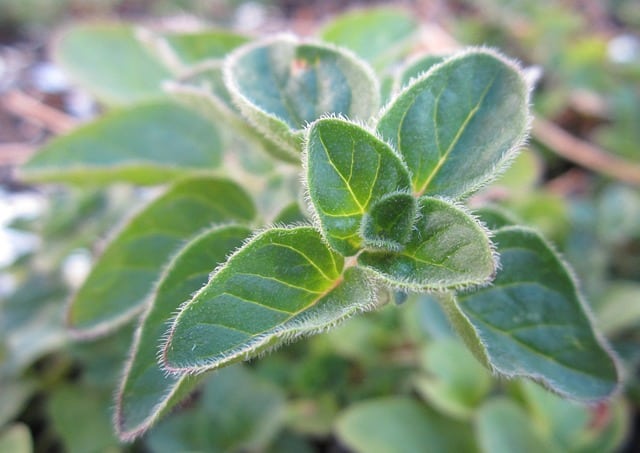
Oregano thrives in warm weather but can also be planted in late summer to take advantage of the mild fall temperatures. Sow seeds or transplant established plants in mid to late August. This perennial herb prefers well-drained soil and sunny locations. It typically grows well in Tennessee’s climate, offering robust flavor for Italian dishes.
Parsley
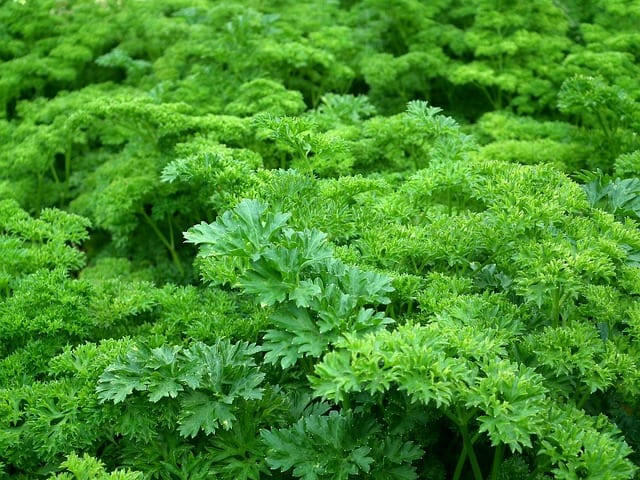
Parsley can thrive when sown in mid to late August, even tolerating the cooler fall temperatures that follow. It takes longer to mature, usually about 70 to 90 days, but can provide a fresh harvest in the fall through to early winter. With a preference for rich soil, parsley is often used as a garnish or in recipes ranging from tabbouleh to sauces.
Thyme
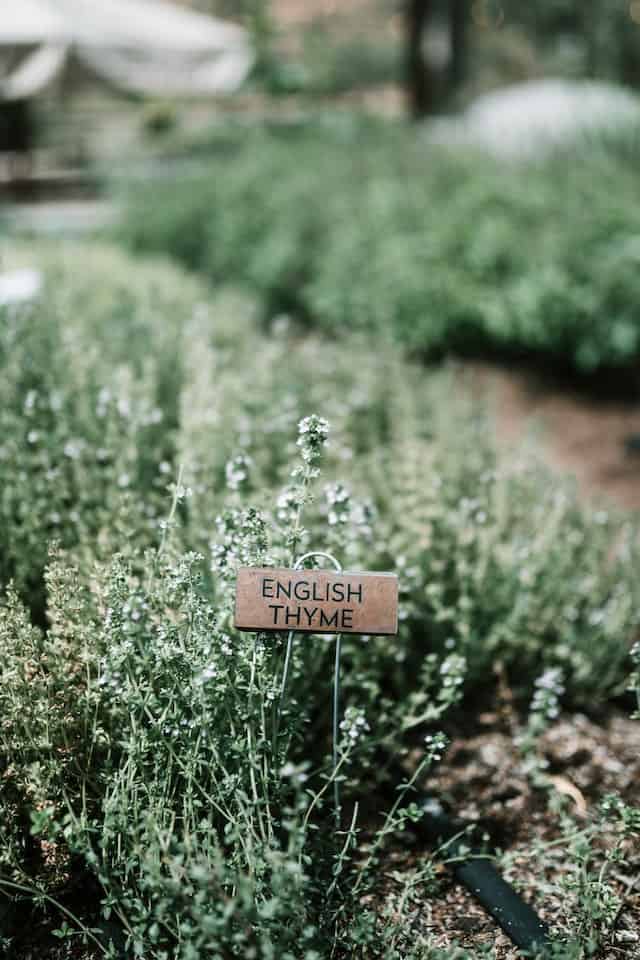
Thyme is a hardy perennial herb that can be propagated or divided in late summer. Its resilience allows it to thrive in varying temperatures and conditions. Planting thyme in mid to late August can provide a continuous harvest well into the cooler months. This herb is perfect for seasoning meats, vegetables, or soups, offering depth of flavor and health benefits.
Mint
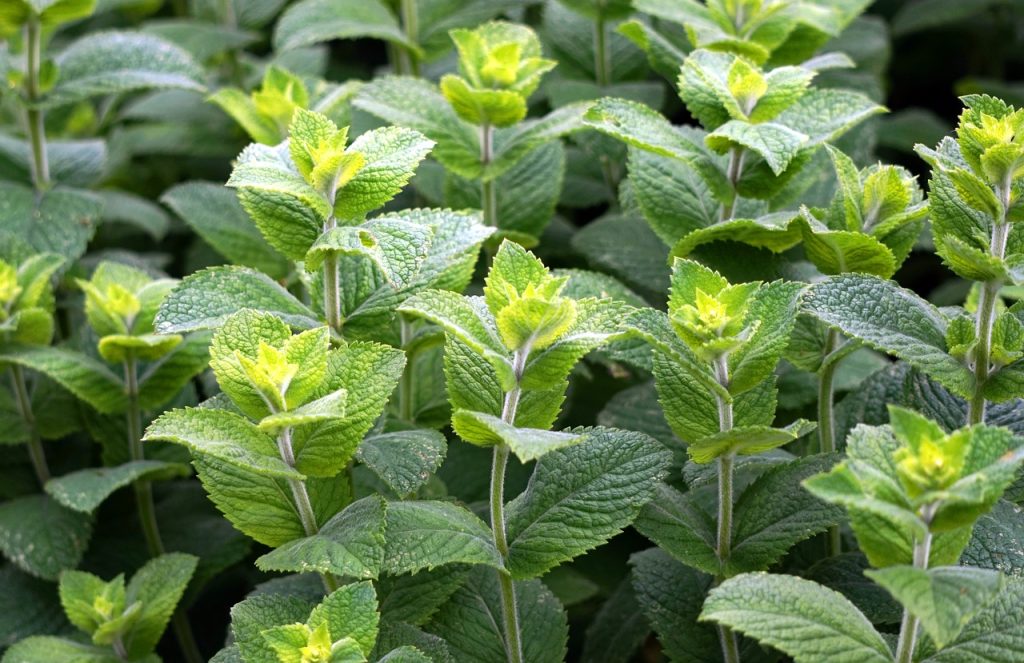
Mint is another perennial herb that can be divided and replanted in August. It grows aggressively, so it’s best to plant it in containers or designated garden spaces to control its spread. Mint prefers moister conditions and can tolerate a range of temperatures. Harvest as needed throughout the fall for teas, desserts, and savory dishes.
Sage
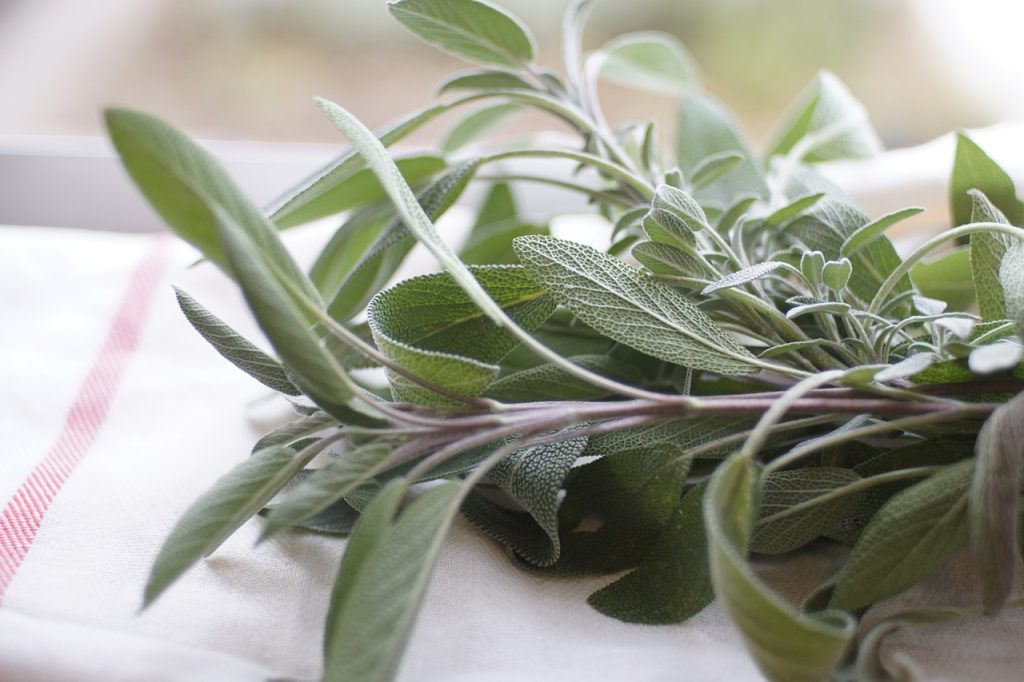
Sage is a hardy perennial herb that can be planted in late summer. It prefers well-drained, dry soil and thrives in full sun. August is an excellent time to sow sage seeds or transplant established plants. It complements a wide range of culinary dishes, especially meats, offering aromatic herbs that enhance flavors in the kitchen.
Fennel
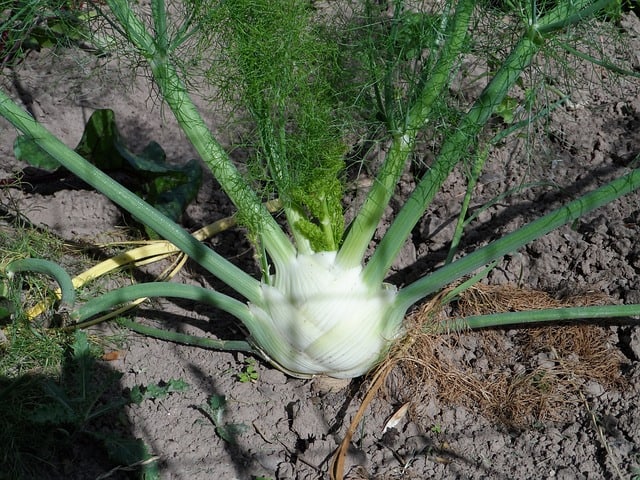
Fennel can thrive in mild weather, making August ideal for planting in Tennessee. This herb prefers nutrient-rich soil and can tolerate light frost. Associating fennel with many Mediterranean dishes, it can be harvested for both its fronds and its crunchy bulbs, offering versatility for culinary aficionados.
Landscape Plants To Plant
August is also an excellent time to establish new landscape plants in Tennessee. Planting at this time allows for root establishment before the winter months.
Barberry
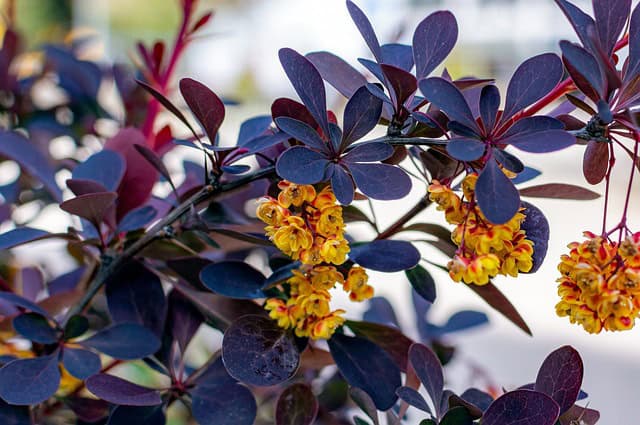
Barberry plants are hardy and ideal for low-maintenance landscaping. They can be planted in late August and prefer well-drained soil. Their vibrant foliage can provide excellent color throughout the growing season, while their spines can also act as a natural deterrent against intruders.
Boxwood
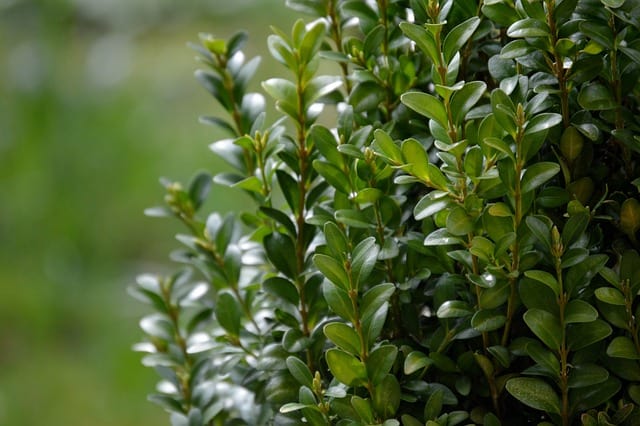
Boxwood shrubs can be planted in late summer to establish root systems. This evergreen shrub is suitable for shaping and can be used effectively as hedges or borders. Plant boxwood in well-drained soil, ensuring they receive sufficient sunlight to encourage healthy growth.
Ornamental Grasses
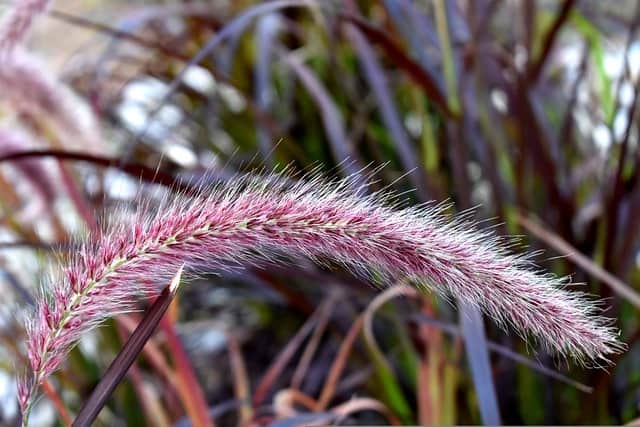
Ornamental grasses, such as Miscanthus or Pennisetum, can be planted in late August. They prefer well-drained soil and thrive in full sun. Ornamental grasses provide texture and movement to your landscape and are tolerant of drought conditions, making them a low-maintenance choice for gardens.
Hydrangeas
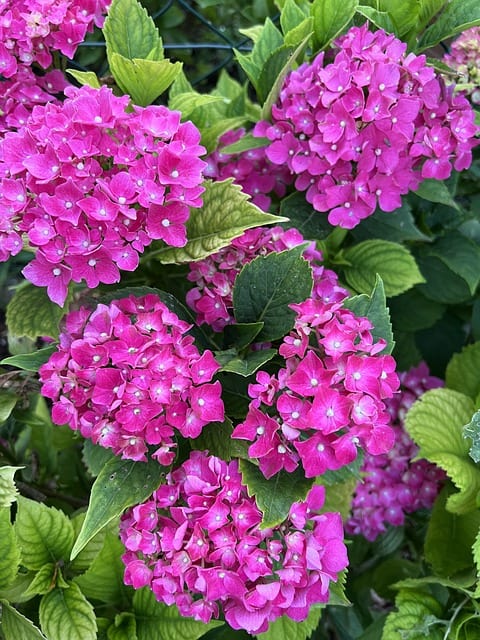
Hydrangeas can also be planted in late summer to encourage healthy root growth before winter. These deciduous shrubs thrive in well-drained, rich soil and can tolerate partial to full sun. With the ability to produce large, showy blooms in various colors, hydrangeas add beauty and elegance to landscapes.
Lilac
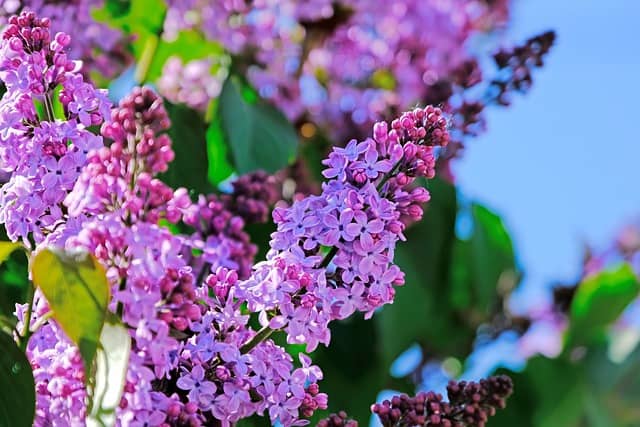
Lilacs are best planted in late summer or early fall. They prefer well-drained soil and sunny areas, making August ideal for planting. Lilacs have fragrant flowers that bloom in the spring, providing a lovely scent. These hardy shrubs offer seasonal interest and are great for attracting pollinators.
Dogwood Trees
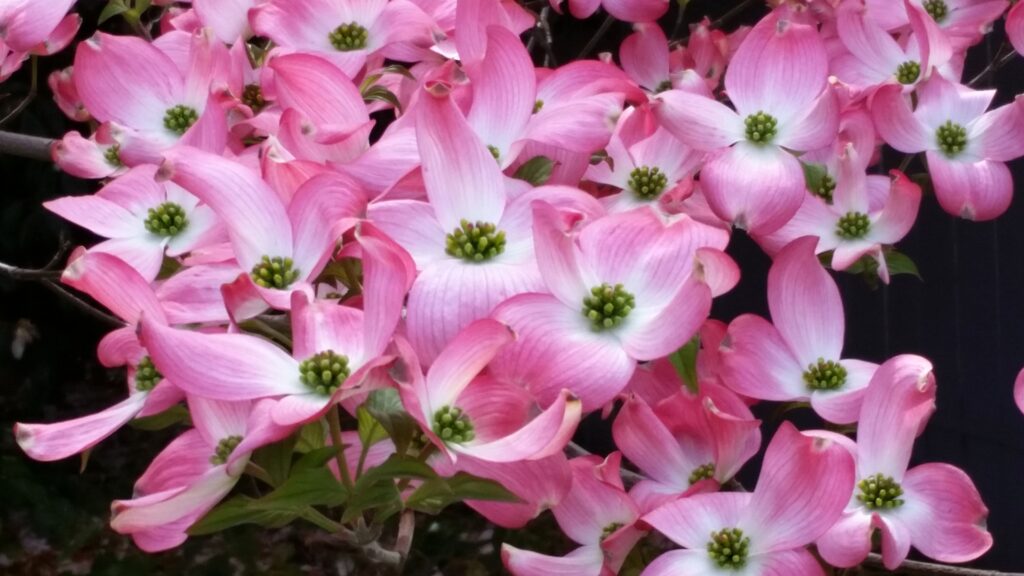
Dogwood trees are excellent for adding vertical interest to your landscape. Plant them in well-draining soil during August for good root establishment. These trees bloom in the spring with beautiful flowers and provide stunning fall colors. Make sure they have adequate sunlight and moisture for optimal growth.
Crepe Myrtle
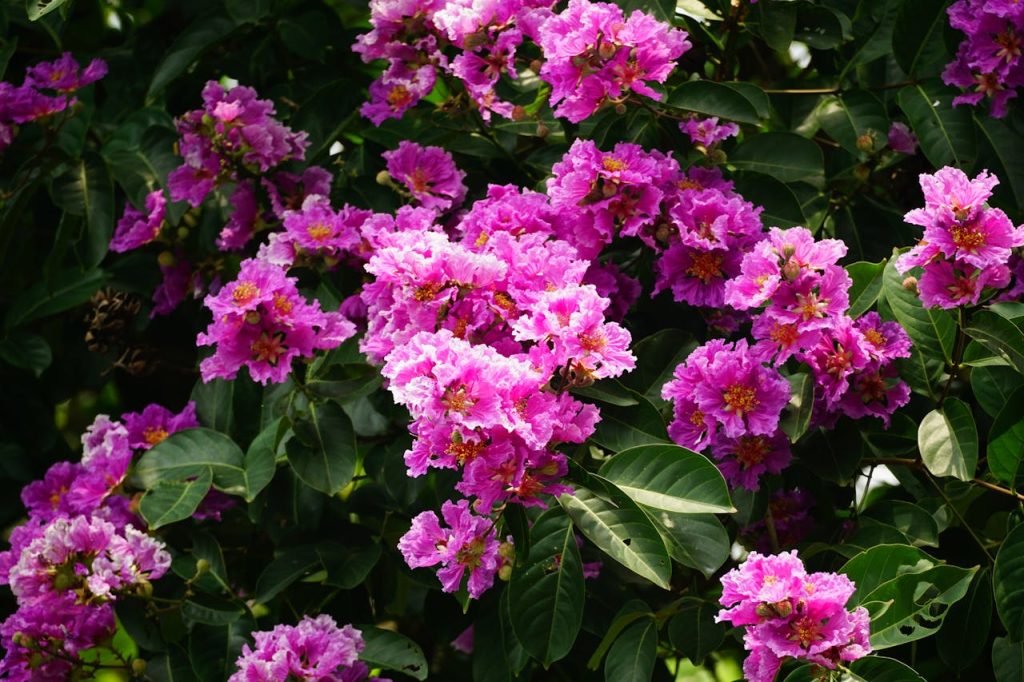
Crepe myrtles flourish with minimal care and can be planted in August to enjoy stunning summer blooms. These adaptable trees and shrubs thrive in various soils and prefer full sun. Their flowers bloom in different colors, adding visual appeal to landscapes.
Japanese Maple
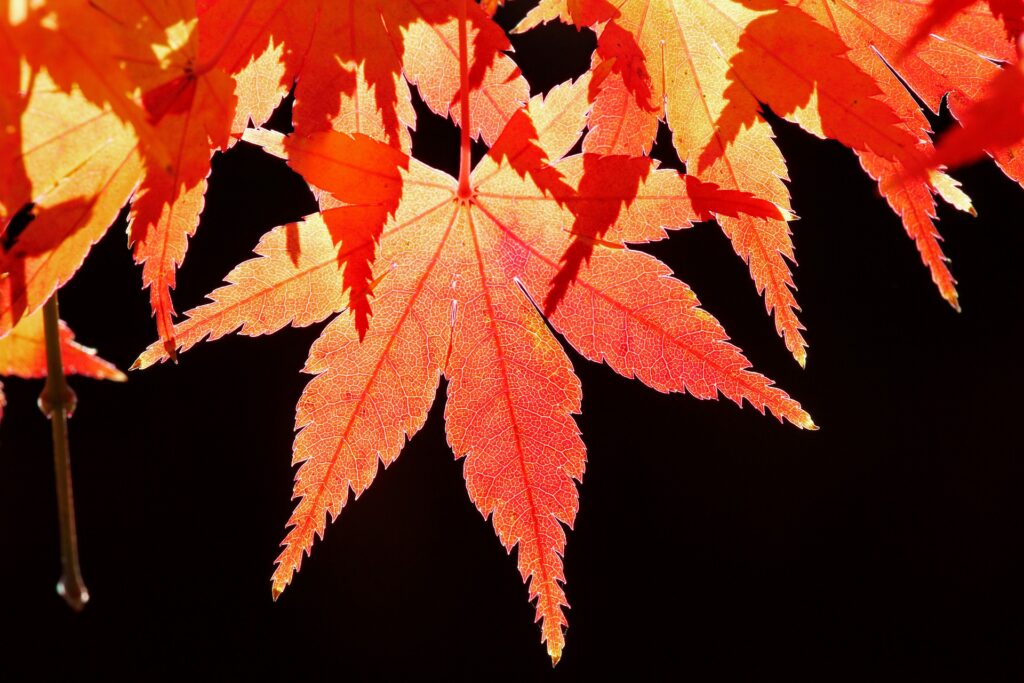
Japanese maples are beautiful decorative trees that can be planted in late summer. Favoring well-drained soil and partial shade, August planting allows the trees to establish roots before winter. Their stunning foliage provides seasonal color and can serve as stunning focal points in the garden.
Periwinkle
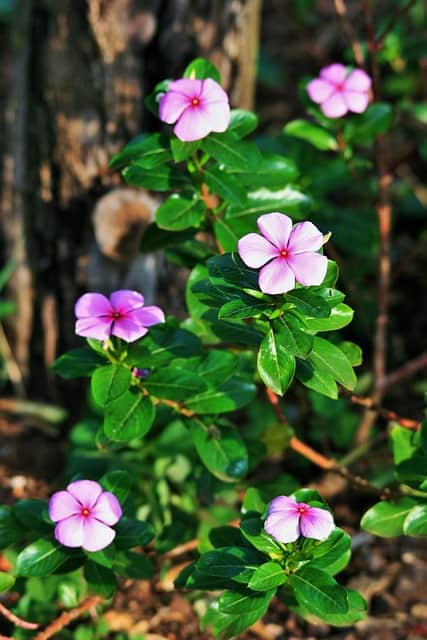
Periwinkle is an excellent ground cover that thrives in a range of weather conditions. Planting in August allows for quick establishment, offering lush greenery that can tolerate shade. Periwinkle also produces vibrant flowers that attract pollinators, making it a valuable addition to any garden landscape.
Coneflower

Coneflowers, also known as echinacea, can be planted in late summer to establish themselves for blooming in the next growing season. They thrive in well-drained soil and full sun. Their vibrant, daisy-like flowers are not only beautiful but also attract pollinators, making them a lovely addition to any landscape.


